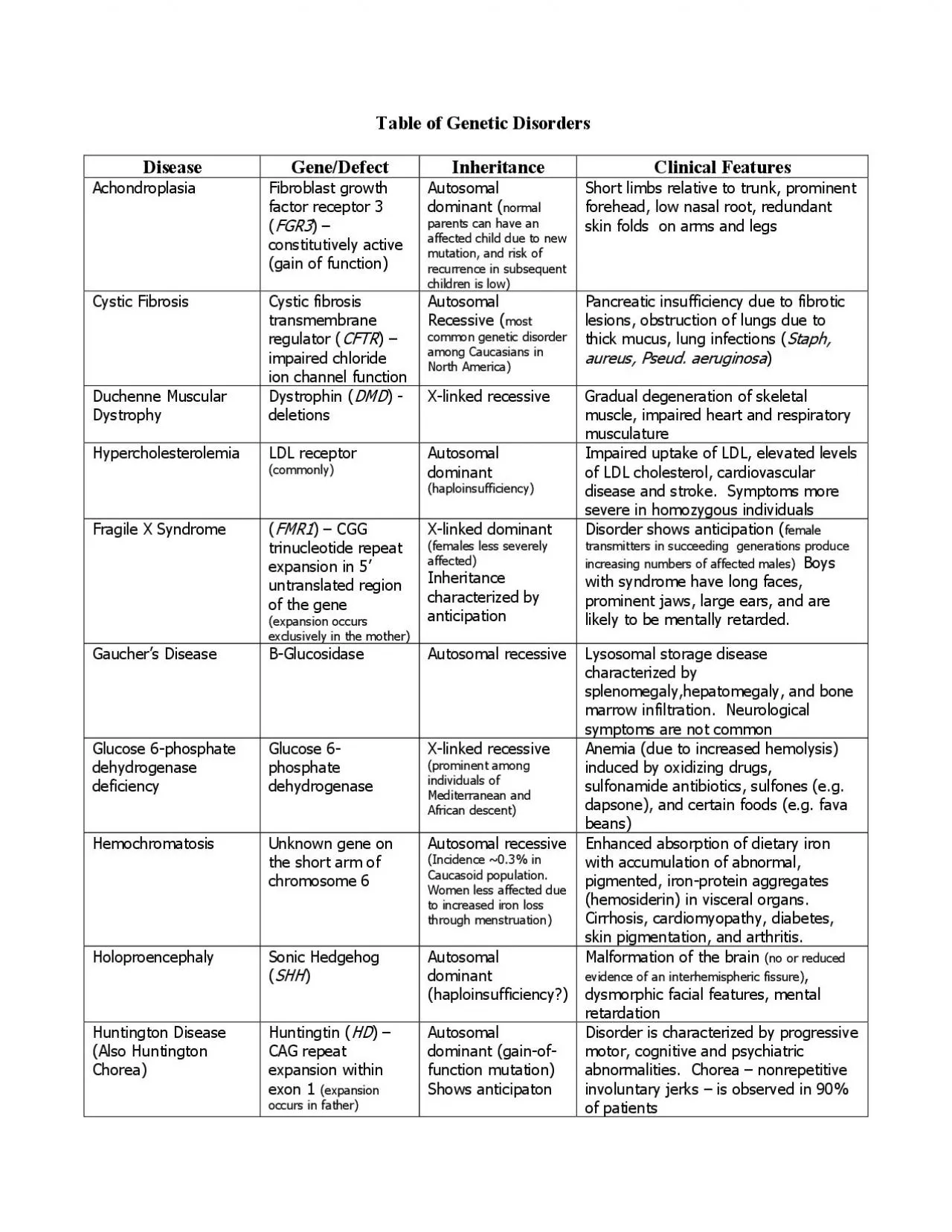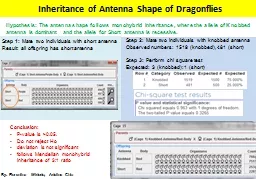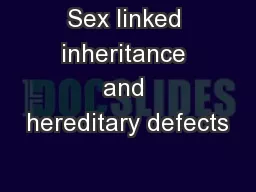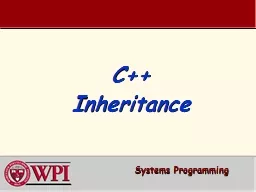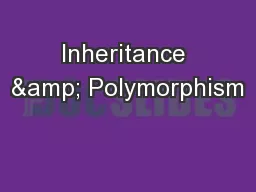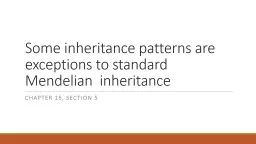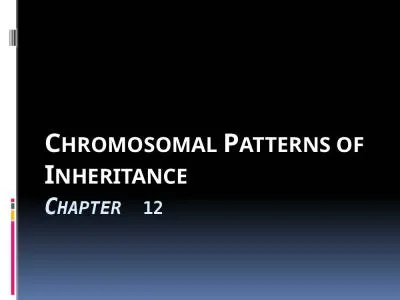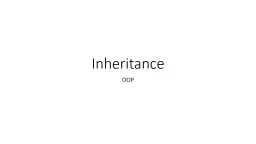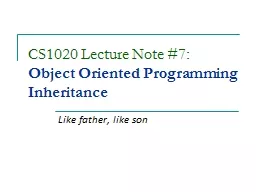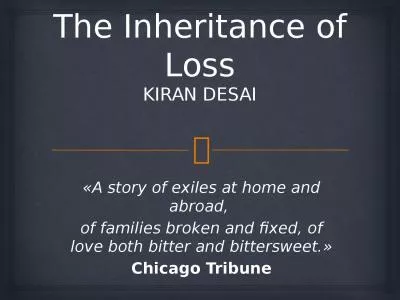PDF-Disease GeneDefect Inheritance Clinical Features
Author : davis | Published Date : 2022-10-11
Achondroplasia Fibroblast growth factor receptor 3 Autosomal normal parents can have an affected child due to new mutation and risk of recurrence in subsequent children
Presentation Embed Code
Download Presentation
Download Presentation The PPT/PDF document "Disease GeneDefect Inheritance Clinical ..." is the property of its rightful owner. Permission is granted to download and print the materials on this website for personal, non-commercial use only, and to display it on your personal computer provided you do not modify the materials and that you retain all copyright notices contained in the materials. By downloading content from our website, you accept the terms of this agreement.
Disease GeneDefect Inheritance Clinical Features: Transcript
Download Rules Of Document
"Disease GeneDefect Inheritance Clinical Features"The content belongs to its owner. You may download and print it for personal use, without modification, and keep all copyright notices. By downloading, you agree to these terms.
Related Documents

